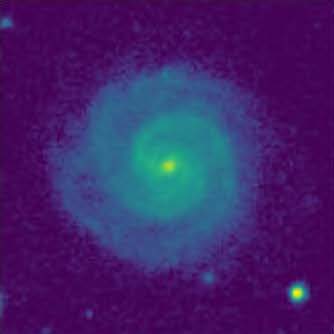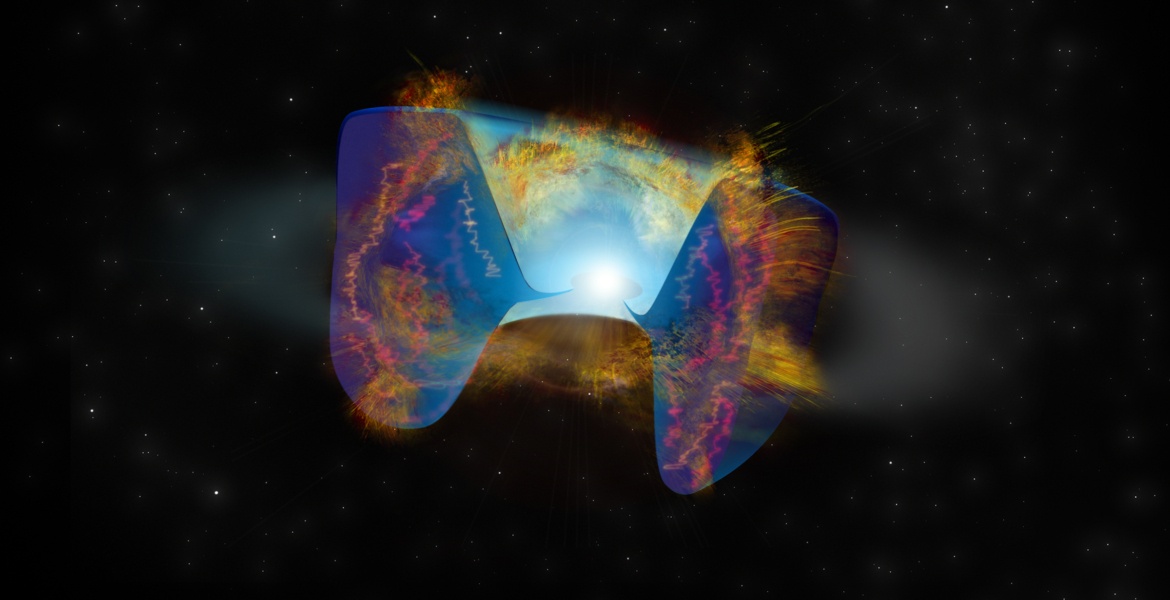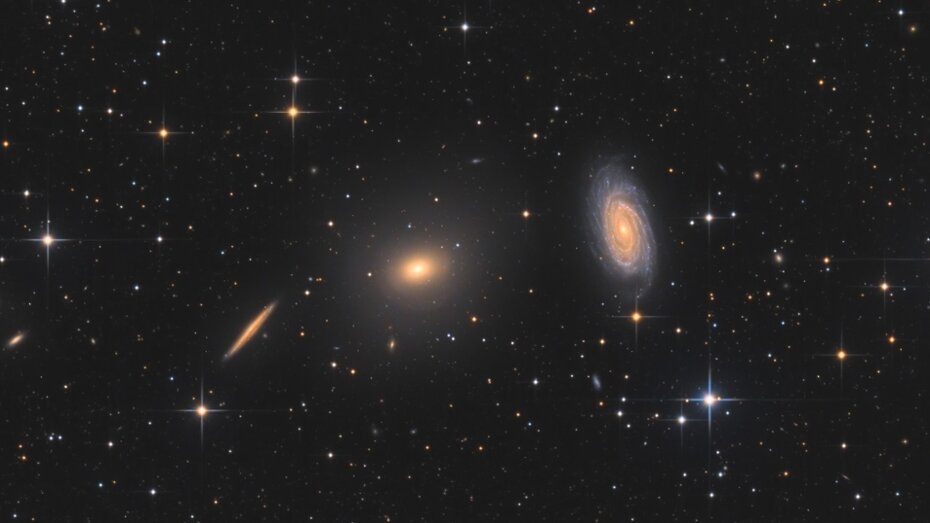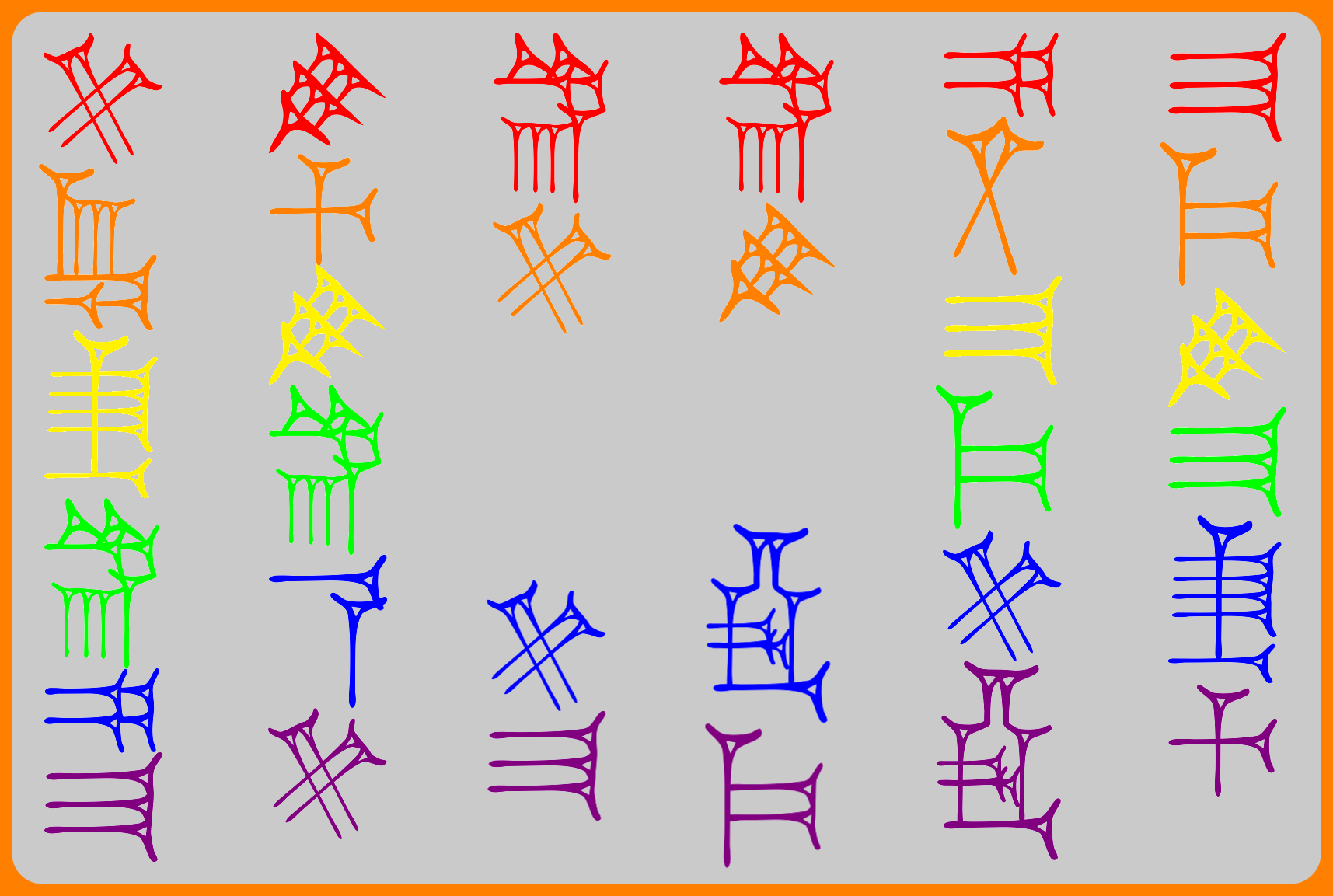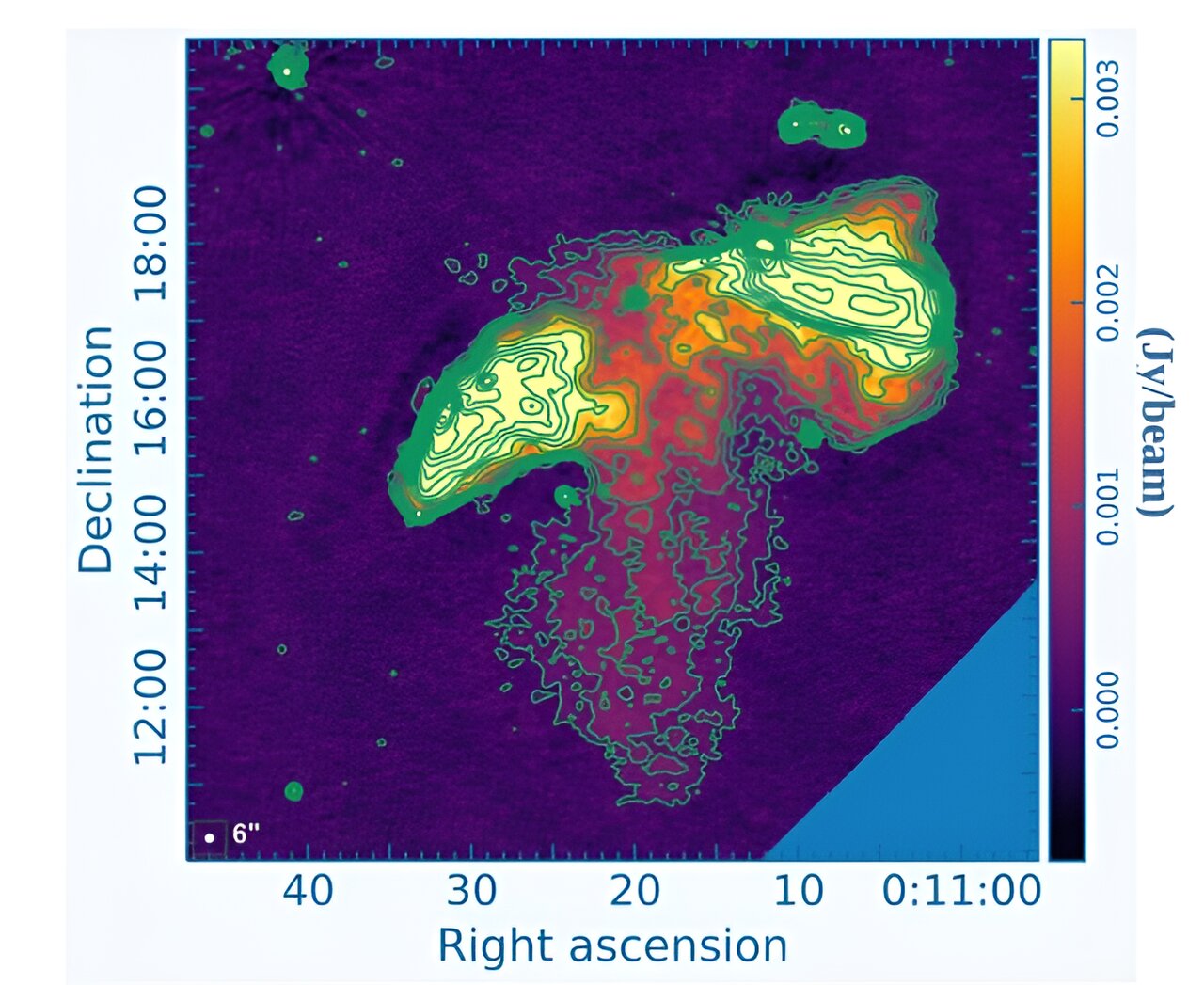
Astronomers discover a peculiar radio galaxy
This article has been reviewed according to Science X's editorial process and policies. Editors have highlighted the following attributes while ensuring the content's credibility:
Using the LOw-Frequency ARray (LOFAR), astronomers have discovered a new radio galaxy. The newfound galaxy, designated J0011+3217, showcases peculiar features, including a one-sided secondary lobe. The finding was reported in a research paper published June 21 on the pre-print server arXiv.
Radio galaxies emit huge amounts of radio waves from their central cores. Black holes at the centers of these galaxies accrete gas and dust, generating high-energy jets visible in radio wavelengths, which accelerate electrically charged particles to high velocities.
During its active stage (lasting up to 100 million years) a typical radio galaxy is observed to contain such features as core, lobes, jets and hotspots. However, after this stage passes, these signatures of activity generally disappear as the source's active galactic nucleus (AGN) switches off and the galaxy enters the so-called remnant or dying phase.
